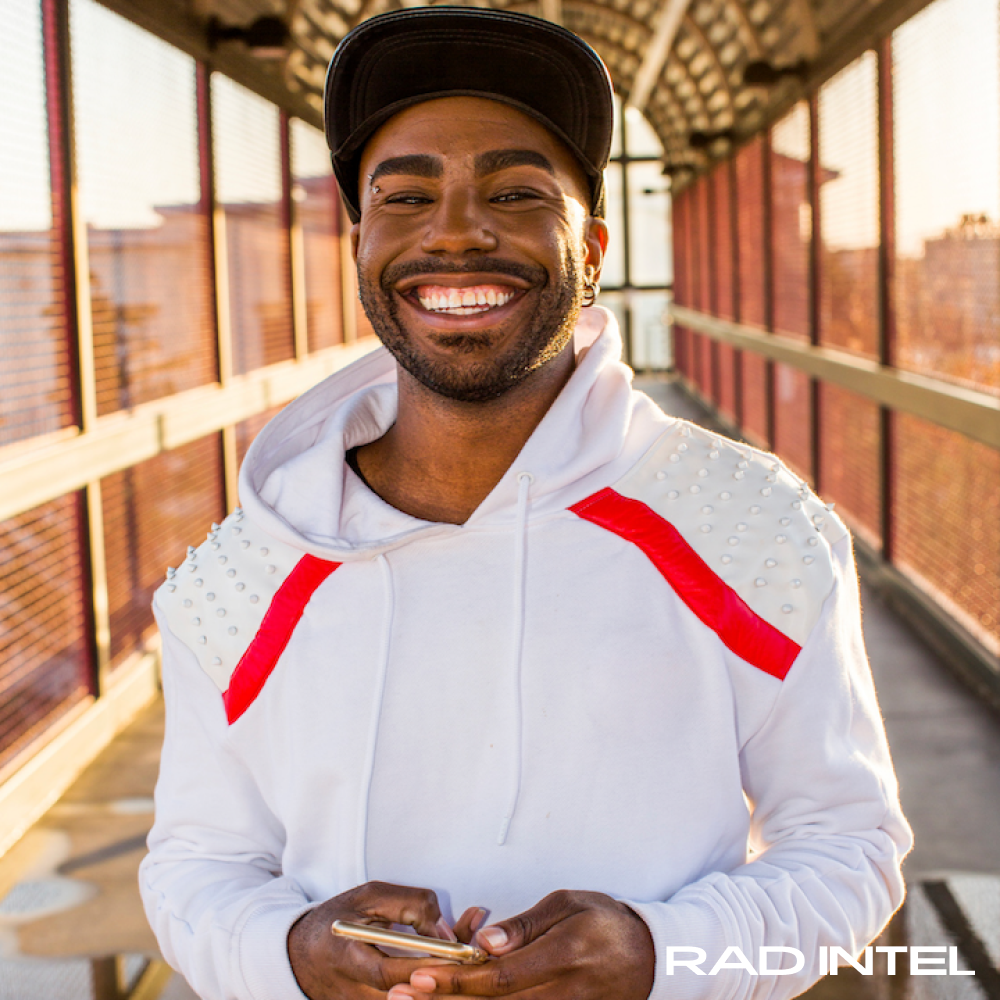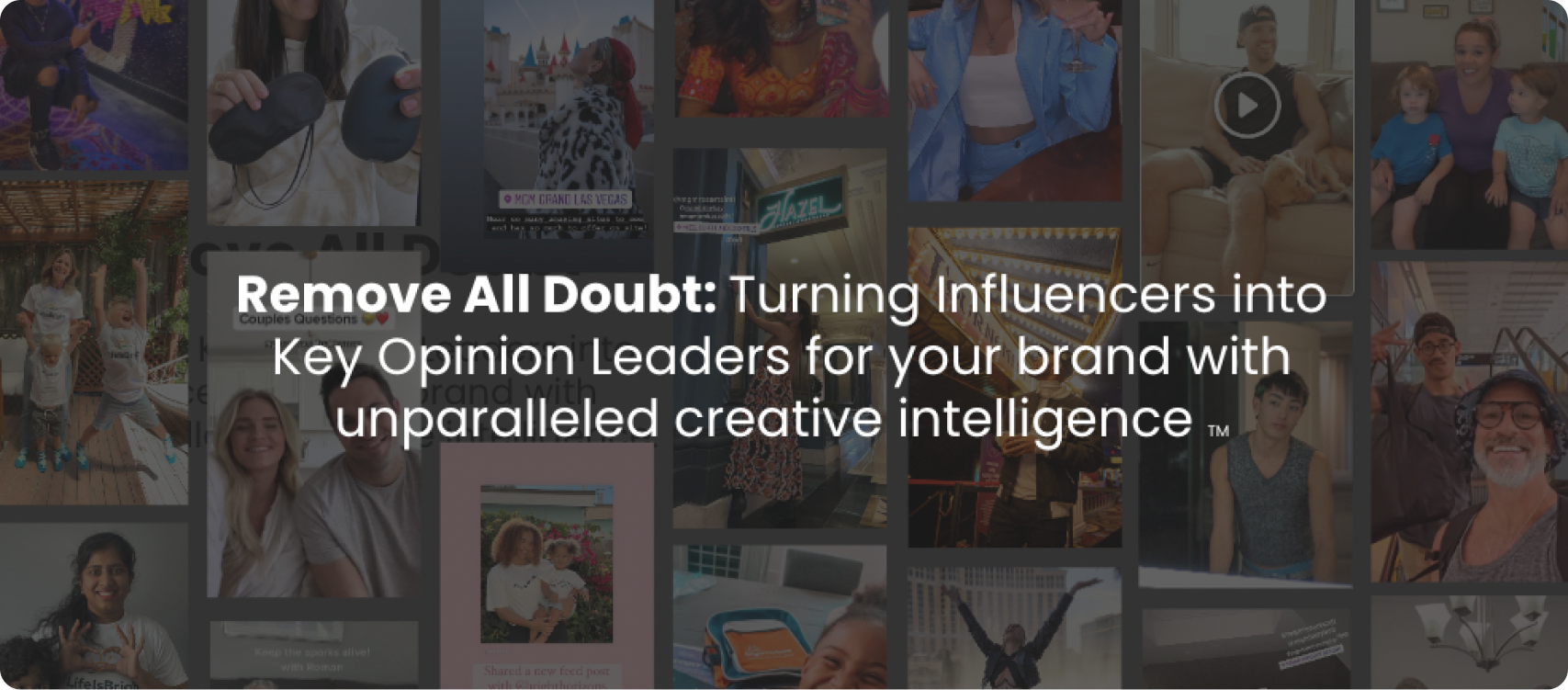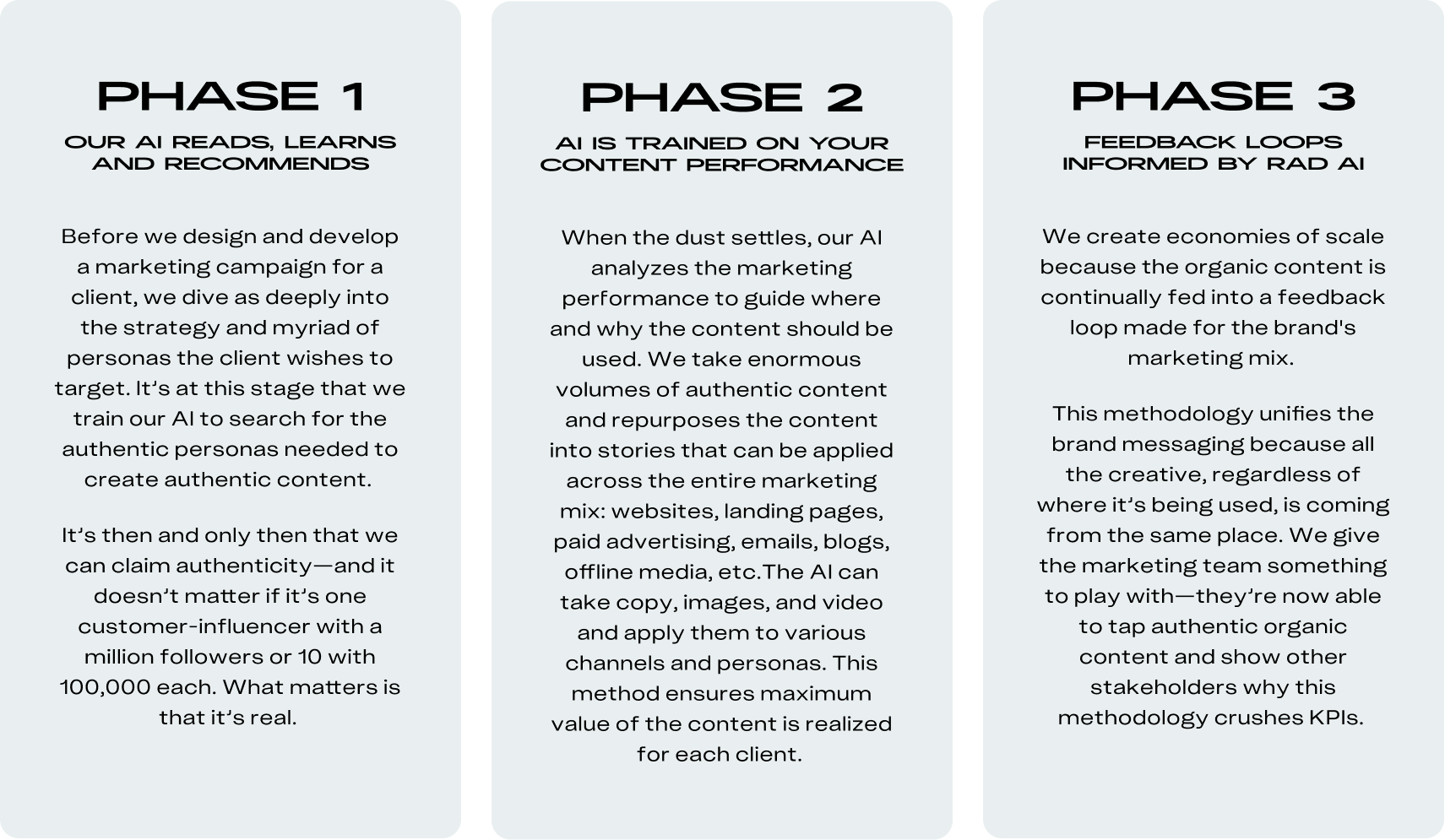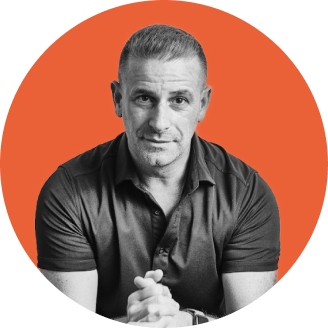
Turning Key Opinion Leaders into Authentic Influencers
by Jeremy Barnett - Jeremy is a 3x founder & currently serves as the CEO/co-founder of RAD Intel. His companies have been featured on Facebook Business, Inc., Entrepreneur, VentureBeat, Vanity Fair, Forbes & Business Insider. Jeremy is a regular speaker @ USC Marshall School of Business & supporter of Orphaned Starfish Foundation.
A Different Approach
A long time ago, before we at RAD Intel built an AI made influencer marketing, we had lost our way.
The seduction of influencer marketing had taken over and we could no longer tell what was real and what was not. We claimed what we were doing was authentic, but was it? Could we pay popular people lots of money to say something they didn’t necessarily believe was true, and call it real? As we continue to evolve as both a company and as humans, the irony doesn't escape us.
Marketing Rehab
So, we checked ourselves into Marketing Rehab (turns out there are several in LA). We were joined by many colleagues (and competitors) all suffering from similar delusions—some just off their yachts tipsy from the vast amounts of client money spent, sun, and drink!
Here is what we saw. Some, like us, believed that if they spent enough money on production, they could make anything real. But deep down inside we knew better. How can someone create authenticity? Is that even possible?
Many had an even worse condition. We, along with many of our fellow marketing executives, believed that the more jargon and buzzwords we used, the smarter we’d look to others. We even thought that the less someone understood what we said, the more successful we’d appear to be!
One poor executive who had a particularly acute jargon disorder was overheard saying: “But we’re experts at shifting paradigms and parsing our platform to create drip campaigns that increase CTAs, boost CRMs, and at the end of the day crush ROAS!!” The CFO serving as a counselor calmed the marketing executive down and tried to explain that as a CFO—he couldn’t care less!
Then there were the marketing executives that could only speak in a language the CEO and Board couldn’t understand. While the Fortune 500 CEOs and CFOs were trying to allocate capital across the enterprise to drive revenue, beat hurdle rates, and deliver shareholder value, their marketing teams were explaining how they were winning on social media by hiring popular influencers and boosting engagement goals across their most important social channel. The CEOs did their best to translate that into a business case that the Board would understand—but couldn’t quite get it in focus.
Then there were the data extremists. These poor sods had a left brain that had grown like kudzu and taken over their right brain to such a degree that they began to believe that whoever had the most data wins. They had lost touch with strategy and contextual frameworks and became lost as if they were drowning in digits five places past the decimal point. Sadly, there is no cure for this. Only the promise of acceptance and therapy. Those willing to get help were forced to repeat Mark Twain’s quote repeatedly.
“There are three kinds of lies: lies, damned lies, and statistics.”
“There are three kinds of lies: lies, damned lies, and statistics.”
“There are three kinds of lies: lies, damned lies, and statistics.”

It Was Time For Some Fresh Thinking
It became obvious we needed to reinvent ourselves. We were determined not to be purveyors of false narratives. Easier said than done. But how could we possibly find this most elusive and rarest of all precious commodities—authenticity? And even if we could find it, how could we ever find enough of it to reinvent marketing and try our best to make it honest and meaningful?
We knew authenticity was out there. It had to be. But like a needle in a haystack, it would be virtually impossible to find. What client would want to work with us for years trying to find two or three authentic creators? Better yet, how do we turn key opinion leaders into an authentic influencer?
We needed help. We needed a superintelligence to help guide us back to what’s real. We needed to scale humanity. We needed artificial intelligence to lead the way.
Our AI would have to have a deep sense of emotional intelligence. There was plenty of IQ in marketing. It was EQ that was in short abundance. This AI would need to love reading—in fact, the AI would need to be able to read hundreds of millions of pages of structured and unstructured data in seconds. The AI would have to take standard segmentation models that relied heavily on creating patterns around demographics and psychographics and be able to dive much deeper. It would need to understand and analyze thousands of unique persona interests to help us speak with clarity to each. It would have to be able to create, measure, and refine millions of content engagements. It would have to be superhuman enough to help teach us how to be human.
Today’s Modern Marketplace Can Be Both Wondrous and Treacherous
Making matters even more challenging, today’s modern marketplace is filled with diverse individuals, each of whom must be conversed with in a unique and respectful manner. Carving up a customer map that combines patterns in demographics and psychographics into broad segments doesn’t cut it anymore. No marketing team, regardless of how diverse, can be as diverse as today’s marketplace and speak to everyone in unique and meaningful ways.
We needed to go deeper and get at individual interests and how those interests correlate against other predictive factors. With the approaching of 1:1 marketing at scale, getting closer and closer to reality each day, and the recognition of the pitfalls of disingenuous marketing - we decided authenticity is really the only marketing strategy that makes sense.

Enter an AI That Understands Authenticity
So, we designed the world’s first AI that understands the connections between authenticity and quantifiable ROI. That was the answer. We needed to create marketing that made people feel good on an emotional basis. Marketing that people wouldn’t forget. We realized that touching people’s hearts actually produces quantifiable marketing returns for the brand. And we realized that the only way to do that was to be genuine and speak from the heart—to the heart.
Our AI gives us superpowers—and helped us:
- Read the entire Internet in a sitting
- Understand the interests of thousands of high-value personas
- Find genuinely authentic influencers who love our brands
- Create campaigns that spoke to today’s modern marketplace
- Optimize content and align it to channels and personas
- Reuse content and leverage budgets
We structured a methodology intended to ensure authenticity and help us avoid slipping back into our former toxic relationship with influencer marketing.
Our AI-driven methodology can be best understood by creating a three-phased protocol that starts before a campaign, continues during the campaign, and guides future campaign decisions through a data-informed feedback loop.

It Took an AI to Help Us Scale Humanity
We can learn a lot about ourselves by creating other forms of intelligence. In many ways, this way of thinking became our North Star. A way we could work closely with clients and do their brands justice and, even more importantly, treat their customers with the respect they deserve—all in a language the CFO would appreciate, meaningful content ROI.
But each night, we sit quietly and are mindful that our world of communication is complex yet simple. To this point, we are here to guide, not tell. We are here to speak with, not at.
Gratitude.

Written by Jeremy Barnett
Jeremy is a 3x founder & currently serves as the CEO/co-founder of RAD Intel. His companies have been featured on Facebook Business, Inc., Entrepreneur, VentureBeat, Vanity Fair, Forbes & Business Insider. Jeremy is a regular speaker @ USC Marshall School of Business & supporter of Orphaned Starfish Foundation.



.png)